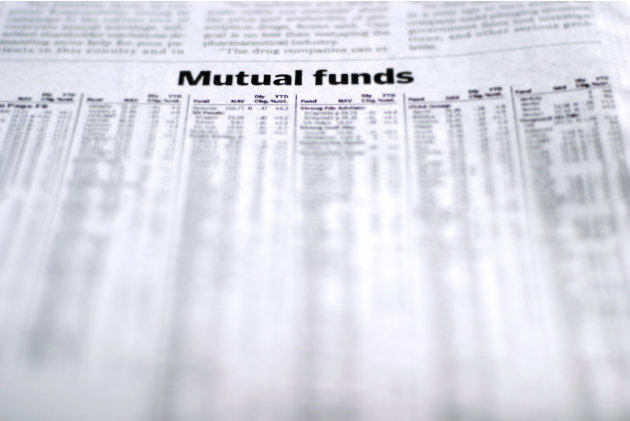
There isn't one "right" fund lineup for everyone; anyone who tells you one investing portfolio is right for you and everyone else is making sweeping generalizations. And selecting your investments based on a recent hot streak isn't a good long-term investing strategy.
There's a better way to decide which funds will work best for you. It will take work if you're going it alone, but it will be worth it.

Step One Begin by selecting the best asset class allocation for your personal situation. Then decide which investments fit into your allocation strategy.

Step Two Place each fund into an asset class category. You may need to do some research. Fund prospectuses and proprietary websites are a good place to start. Major categories include: (1) international funds, (2) large-cap funds, (3) small- and mid-cap funds, (4) bond funds, (5) cash-equivalent funds, and possibly (6) real estate funds.

Step Three Assess fund quality. You're not just looking at returns (historical or recent). Here are four criteria for determining quality:
1) Relative performance: Be sure you're comparing apples with apples and not with oranges. Compare a fund's historical and recent performance with those of similar funds from the same asset class. Make comparisons from different time periods, and also note the performance of indexes tracking the asset class during the same timeframe.

2) Performance consistency: Looking at a fund's average yearly return. Look at how a fund did during bull markets and bear markets. For retirement investing, it's preferable to select mutual funds with good performance year after year rather than short bursts of superior performance combined with periods of sub-par returns.

3) Manager tenure: Performance and returns are more important if they're associated with a fund manager or management team. A new fund manager at an existing mutual fund might enable continued consistency--or maybe not. Have you ever been to a restaurant under new management? Sometimes it's the same. Sometimes it's different but still good. Sometimes it's improved . . . and sometimes it's worse.

4) Risk measures: Risk-based criteria help evaluate how funds perform, given the risks each fund takes. For example, assume fund A has historically produced greater performance during periods of market gains compared with fund B, but the performance has been at the expense of big risks. You can find risk-related statistics on many financial websites--or you can call the fund company.

Next Step Research fund fees. If you're examining net returns, fees are already factored into the research you've done. However, everything you're researching is in the past. Since you want to choose the best fund for the future, lower fees are preferable when other fund characteristics are relatively equal.

Step Four Determine asset size. When mutual funds grow past a certain point, in terms of assets under management, it generally becomes more difficult for fund managers to stay true to the funds' investing philosophies. Where is that "certain point"? There isn't one answer, but many funds close to new investors when managers believe they've reached it. But some funds don't ever close. They're industry behemoths that may be very successful but lack the agility to maneuver quickly in a changing market; and fund managers find it more difficult to purchase some investments that may be integral to a fund's philosophy. The effect of asset size depends heavily on asset class, so judge size relative to other funds in the same category, with a preference for funds that have more manageable levels.

Once you've selected the best funds from each asset class, you can follow your allocation strategy to decide what percentage of your investable dollars should go toward each fund. It takes some work to create a good portfolio just for your needs. Don't get discouraged. If you need help, look for a fee-only adviser to guide you toward the best investments for you.
No comments:
Post a Comment